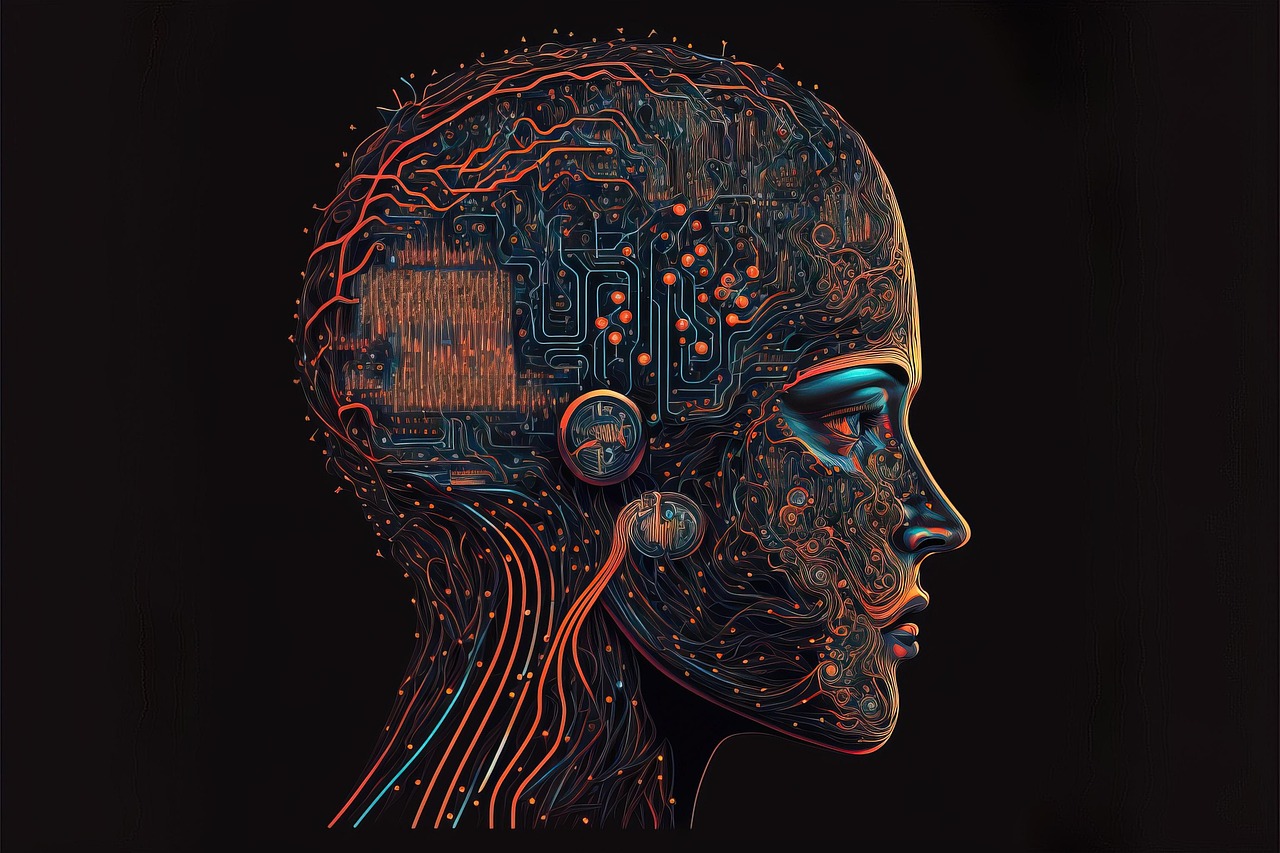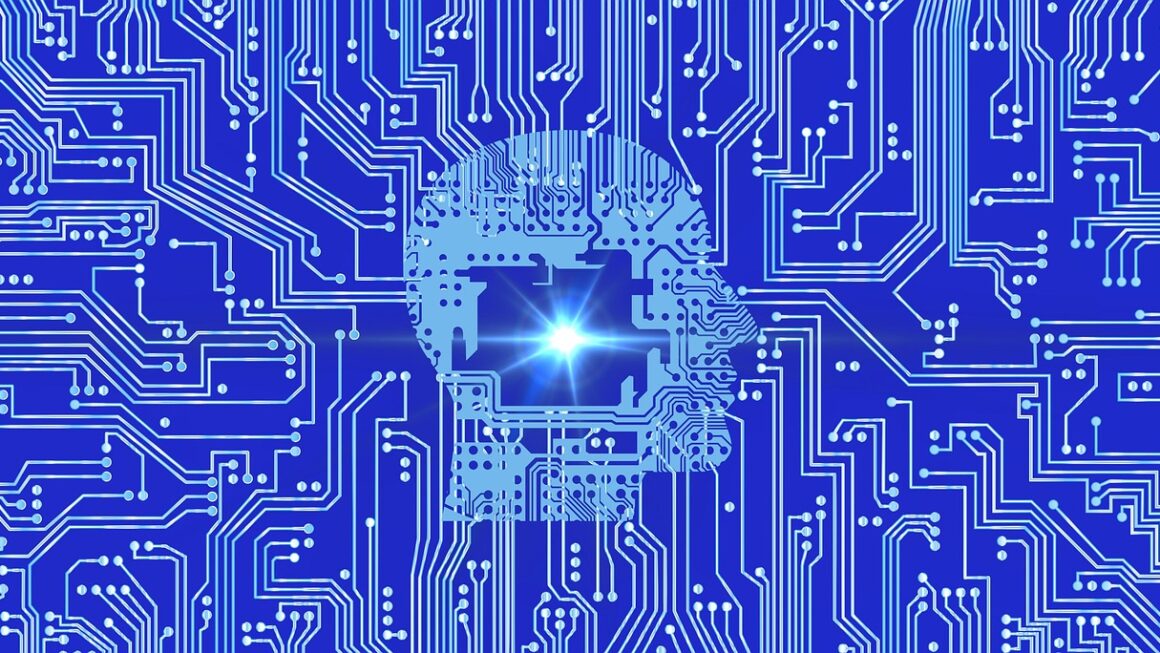The world is increasingly powered by artificial intelligence, and at the heart of every intelligent system lies a crucial process: AI model training. This complex undertaking transforms raw data into powerful predictive tools capable of automating tasks, making informed decisions, and driving innovation across industries. But what exactly is AI model training, and how does it work? This article will delve into the intricacies of this vital process, exploring its key stages, essential considerations, and the future of AI development.
Understanding AI Model Training
What is an AI Model?
An AI model is essentially a mathematical representation of a real-world process or system. It’s created using algorithms that learn patterns from data. Think of it as a sophisticated function that, when given an input, produces a predicted output. For example, a model trained on historical sales data might predict future sales based on factors like seasonality, promotions, and economic indicators.
The Training Process: A High-Level Overview
The AI model training process involves feeding a model a large dataset and iteratively adjusting its internal parameters until it can accurately predict outcomes. This process is analogous to teaching a child: you provide examples, give feedback, and correct mistakes until the child learns to perform the task correctly. In AI, this “feedback” comes in the form of a loss function, which measures the difference between the model’s predictions and the actual values in the training data. The goal is to minimize this loss.
Key Stages in Model Training
The typical AI model training process involves these key stages:
- Data Collection: Gathering relevant and representative data is the foundation of any successful AI project.
- Data Preprocessing: Cleaning, transforming, and preparing the data for training. This often includes handling missing values, removing outliers, and scaling features.
- Model Selection: Choosing an appropriate AI algorithm or architecture based on the nature of the problem and the characteristics of the data.
- Training: Feeding the prepared data into the selected model and iteratively adjusting its parameters to minimize the loss function.
- Validation: Evaluating the model’s performance on a separate dataset (the validation set) to ensure it generalizes well to unseen data and to prevent overfitting.
- Testing: Assessing the final model’s performance on a hold-out dataset (the test set) to provide an unbiased estimate of its real-world performance.
- Deployment: Integrating the trained model into a real-world application or system.
Data: The Fuel for AI Model Training
The Importance of Data Quality and Quantity
AI models are only as good as the data they are trained on. Poor quality or insufficient data can lead to biased or inaccurate predictions. Key factors to consider:
- Data Accuracy: Ensuring the data is correct and free from errors.
- Data Completeness: Minimizing missing values or gaps in the data.
- Data Relevance: Selecting data that is relevant to the problem being solved.
- Data Volume: Providing enough data to allow the model to learn meaningful patterns. Generally, more data leads to better performance, but diminishing returns can occur.
Statistics suggest that approximately 80% of the effort in many AI projects is spent on data preparation. This highlights the critical role data plays in successful AI model training.
Data Augmentation Techniques
When sufficient data is not available, data augmentation techniques can be used to artificially increase the size of the dataset. These techniques involve creating new, modified versions of existing data points. Examples include:
- Image Rotation and Cropping: For image recognition tasks.
- Text Translation and Paraphrasing: For natural language processing tasks.
- Adding Noise to Audio Signals: For speech recognition tasks.
Data Preprocessing Techniques
Before training, data typically requires preprocessing to improve model performance. Common techniques include:
- Normalization/Standardization: Scaling data to a specific range to prevent features with larger values from dominating the training process.
- Feature Engineering: Creating new features from existing ones to provide the model with more informative inputs.
- Handling Missing Values: Imputing missing values using techniques like mean imputation, median imputation, or more sophisticated methods like k-nearest neighbors imputation.
- Outlier Removal: Identifying and removing outliers that can distort the training process.
Choosing the Right AI Model
Supervised vs. Unsupervised Learning
AI models can be broadly classified into two categories:
- Supervised Learning: The model is trained on labeled data, where the correct output is known for each input. Examples include classification (predicting categories) and regression (predicting continuous values).
– Example: Training a model to classify emails as spam or not spam based on labeled examples of spam and non-spam emails.
- Unsupervised Learning: The model is trained on unlabeled data and tasked with discovering hidden patterns or structures. Examples include clustering (grouping similar data points) and dimensionality reduction (reducing the number of features while preserving important information).
– Example: Using clustering to segment customers into different groups based on their purchasing behavior.
Popular AI Model Architectures
Several AI model architectures are commonly used, each with its strengths and weaknesses:
- Linear Regression: A simple model for predicting continuous values based on a linear relationship between inputs and outputs.
- Logistic Regression: A model for predicting binary outcomes (e.g., yes/no, true/false) based on a sigmoid function.
- Decision Trees: A tree-like structure that splits data based on a series of decisions.
- Support Vector Machines (SVMs): A powerful algorithm for classification and regression that aims to find the optimal hyperplane to separate data points.
- Neural Networks: Complex models inspired by the human brain, consisting of interconnected layers of nodes (neurons). Deep learning refers to neural networks with multiple layers.
– Convolutional Neural Networks (CNNs): Specialized for image and video processing.
– Recurrent Neural Networks (RNNs): Specialized for processing sequential data, such as text and time series.
– Transformers: A more recent architecture that has achieved state-of-the-art results in natural language processing.
Model Selection Criteria
Choosing the right AI model involves considering several factors:
- Type of Problem: Classification, regression, clustering, etc.
- Data Characteristics: Amount of data, data type, presence of missing values, etc.
- Interpretability: How easily can the model’s decisions be understood?
- Computational Resources: Training time, memory requirements, etc.
- Performance Metrics: Accuracy, precision, recall, F1-score, etc.
Overfitting, Underfitting, and Regularization
Understanding Overfitting and Underfitting
- Overfitting: The model learns the training data too well, including noise and irrelevant patterns. This results in poor generalization to unseen data.
- Underfitting: The model is too simple and cannot capture the underlying patterns in the data. This results in poor performance on both the training data and unseen data.
Detecting Overfitting and Underfitting
- Overfitting: High accuracy on the training data but low accuracy on the validation data.
- Underfitting: Low accuracy on both the training data and the validation data.
Regularization Techniques
Regularization techniques are used to prevent overfitting by adding a penalty to the loss function that discourages complex models. Common techniques include:
- L1 Regularization (Lasso): Adds a penalty proportional to the absolute value of the model’s coefficients. This can lead to sparse models where some coefficients are set to zero, effectively performing feature selection.
- L2 Regularization (Ridge): Adds a penalty proportional to the square of the model’s coefficients. This shrinks the coefficients towards zero but typically does not set them to zero.
- Dropout: Randomly dropping out (deactivating) neurons during training. This forces the model to learn more robust features that are not dependent on specific neurons.
Cross-Validation
Cross-validation is a technique used to estimate the generalization performance of a model by partitioning the data into multiple folds and training and validating the model on different combinations of folds. This provides a more reliable estimate of performance than a single train-validation split. K-fold cross-validation is a common approach where the data is divided into k folds, and the model is trained and validated k times, each time using a different fold as the validation set.
Monitoring and Evaluation
Key Metrics for Evaluating Model Performance
The choice of evaluation metrics depends on the specific task and the goals of the project. Common metrics include:
- Accuracy: The percentage of correctly classified instances. (Useful for balanced datasets)
- Precision: The proportion of correctly predicted positive instances out of all instances predicted as positive. (Minimizes false positives)
- Recall: The proportion of correctly predicted positive instances out of all actual positive instances. (Minimizes false negatives)
- F1-Score: The harmonic mean of precision and recall. (Provides a balanced measure of performance)
- Area Under the ROC Curve (AUC-ROC): Measures the ability of the model to distinguish between positive and negative instances.
- Mean Squared Error (MSE): The average squared difference between the predicted values and the actual values. (Used for regression tasks)
- R-squared: The proportion of variance in the dependent variable that is explained by the model. (Used for regression tasks)
Model Monitoring in Production
Once a model is deployed, it’s crucial to monitor its performance over time to detect potential issues such as:
- Data Drift: Changes in the distribution of the input data that can degrade model performance.
- Concept Drift: Changes in the relationship between the input data and the target variable.
Monitoring these factors and retraining the model as needed are essential for maintaining its accuracy and reliability.
Techniques for Model Monitoring
- Tracking Performance Metrics: Continuously monitoring key metrics like accuracy, precision, and recall.
- Analyzing Model Predictions: Examining the distribution of model predictions to detect any unexpected shifts.
- Monitoring Input Data: Tracking the distribution of input features to identify data drift.
- A/B Testing: Comparing the performance of the deployed model with a challenger model to identify potential improvements.
Conclusion
AI model training is a complex but crucial process for building intelligent systems. By understanding the key stages, the importance of data, the nuances of model selection, and the need for robust monitoring and evaluation, organizations can effectively leverage AI to solve real-world problems and drive innovation. As AI technology continues to evolve, staying informed about the latest advancements in model training techniques will be essential for maintaining a competitive edge. The future of AI is undoubtedly intertwined with the ongoing development and refinement of AI model training methodologies.




